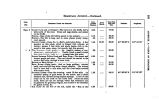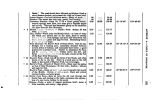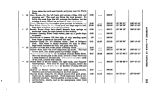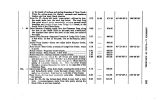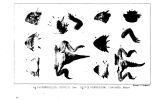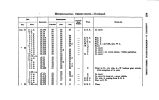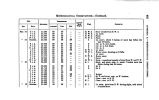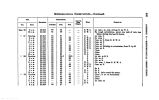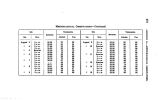| OCR Text |
Show APPENDIX C.- REPTILES. 359 In that respect from Phr. platyrhinos, modestum, and douglassii, with which it has in common the small and uniform scales on the inferior surface of the head. In the mean while, that same character distinguishes it from Phr. carnutum and coronatum. The femoral pores are very conspicuous. The plates which line the jaws are proportionally much smaller than in any other species. The genus Phrynosoma is a truly American type. The distribution of its species over the continent is as follows:- Phr. orbicu-lare in the vicinity of the city of Mexico and in Sonora; Phr. cor-nutum, from Texas to Arkansas as far as the Rocky Mountains; Phr. platyrhinos, in the valley of the Great Salt Lake; Phr. mo-destum, in the valley of the Rio Grande del Norte; and Phr. coronatum and Phr. douglassii, in Oregon and California; the latter species extending as far eastward as the valley of the Great Salt Lake, where it has been observed in company with Phr. platyrhinos. The division of phrynosomas into two groups, according to the position of the nostrils, whether situated within the internal margin of the superciliary ridge or at its extremity, would bring into one group Phr. orbiculare, coronatum, and douglassii, and into another Phr. carnutum, platyrhinos, and modestum. On the other hand, if we - subdivide the species according to the shape of the profile, we would have on one side: Phr. orbiculare, cornutum, and coronatum, « nd on the other Phr. douglassii, platyrhinos, and modestum. Phr. • douglassii is. the only species in which the cephalic spines remain in an undeveloped state. Phr. coronatum and cornutum have a double aeries of horizontal pyramidal scales on the periphery of the abdomen, while in Phr. orbiculare, douglassii, and platyrhinos, there is only one series of these, very small already in the latter, and totally absent in Phr. modestum. The difficulty of establishing subdivisions in this genus is thus plainly evident, and shows how natural and well circumscribed it is when considered as a whole by itself. We give now the diagnostic characters by which the six species of Phrynosoma may be distinguished. L PHRYNOSOMA ORBICULARE, Wiegm.- Profile declive, tips of of jaws protruded, nostrils situated at the anterior extremity of the superciliary ridge. Occipital and temporal spines strong and well developed. One row of pyramido- horizontal and abdomino peripheral scales. Scales on the inferior surface of head, small, of a general uniformity, although irregular in shape. The plates on the margin of the jaws are inconspicuous, and very little larger |
































































































































































































































































































































































